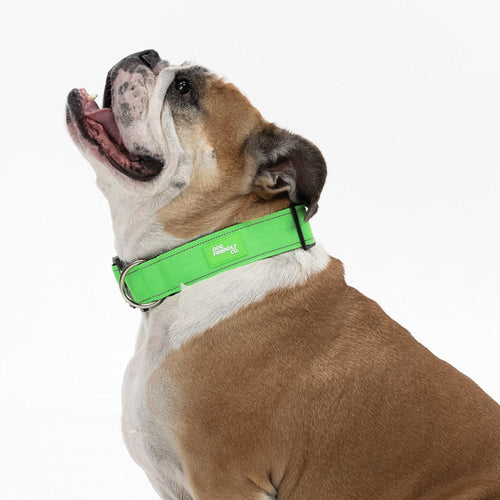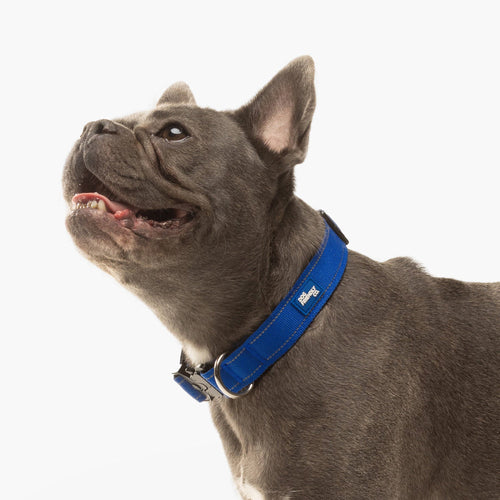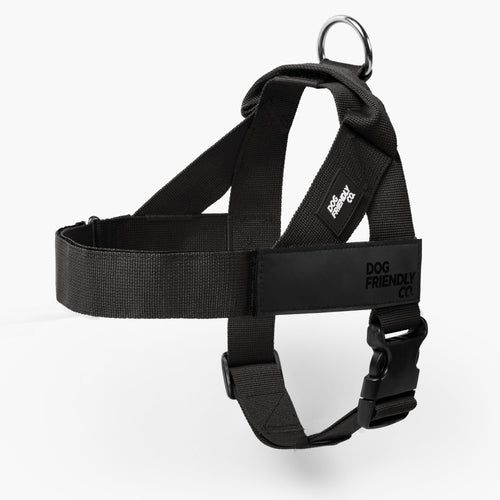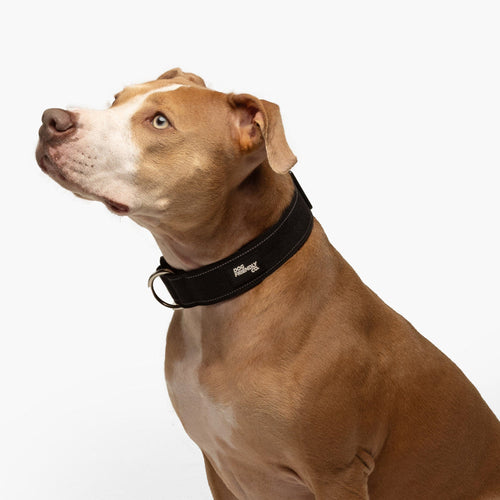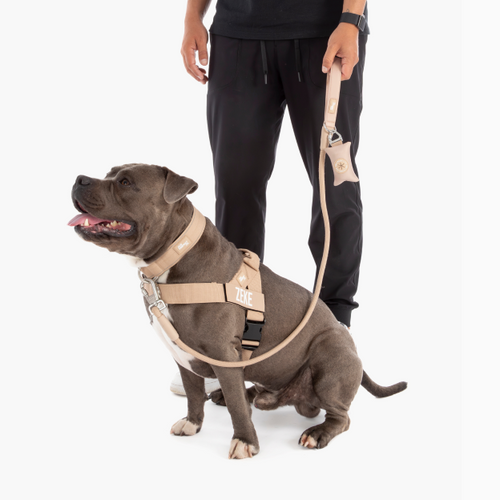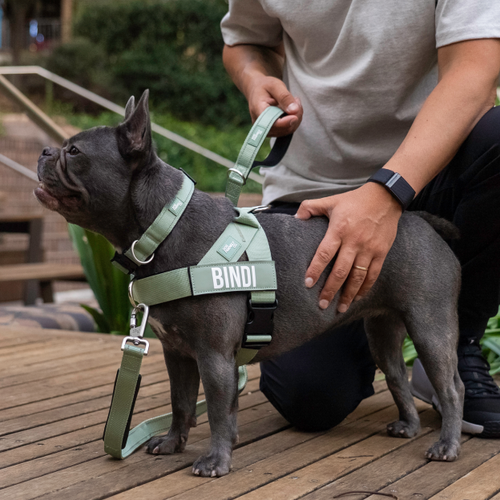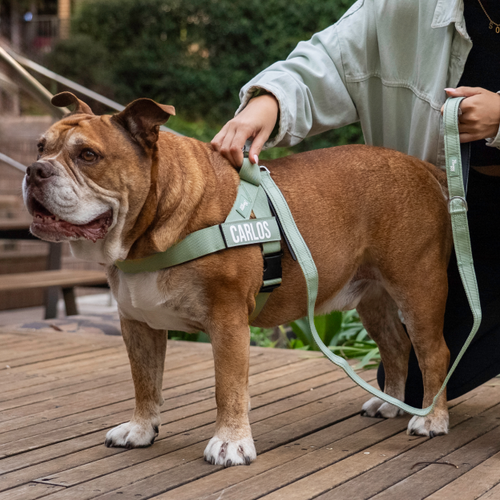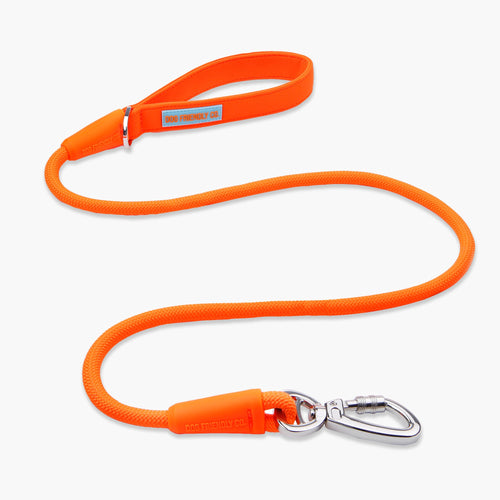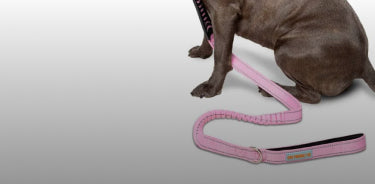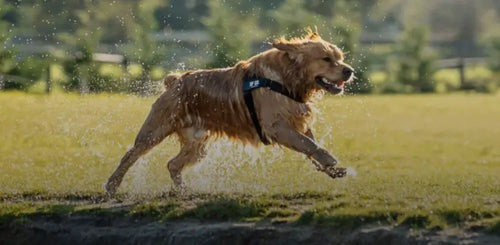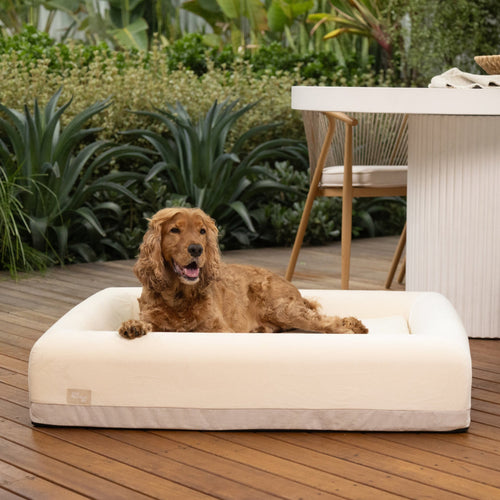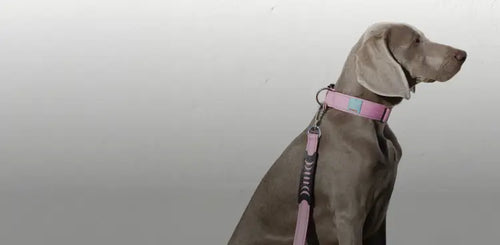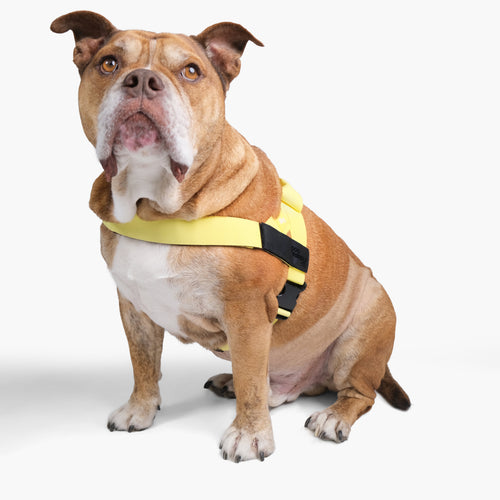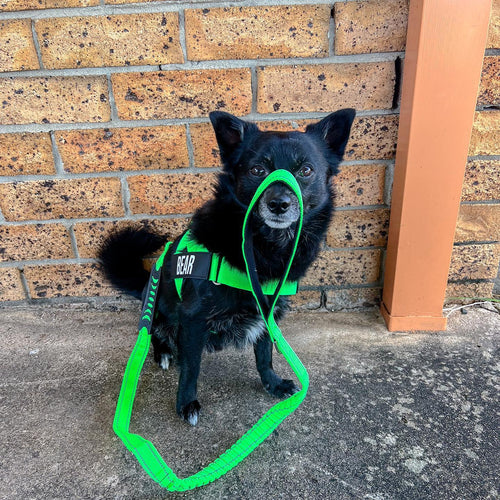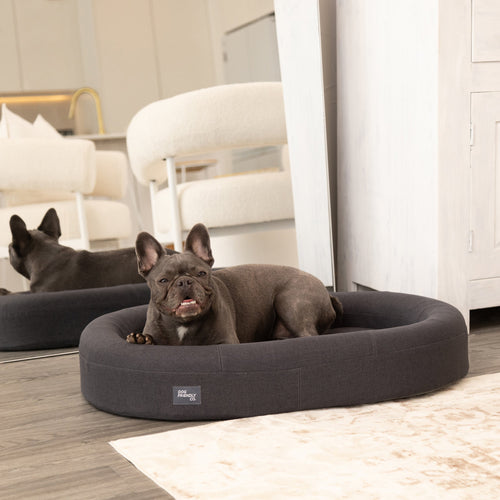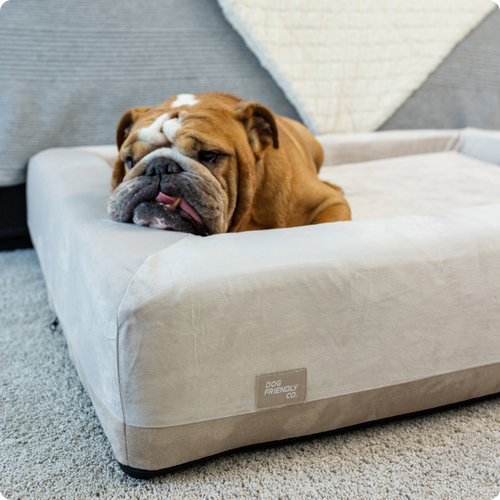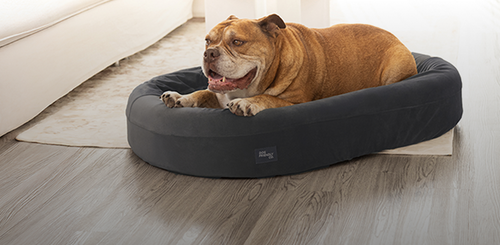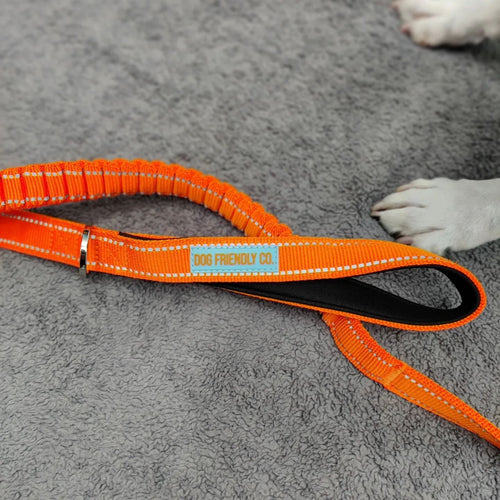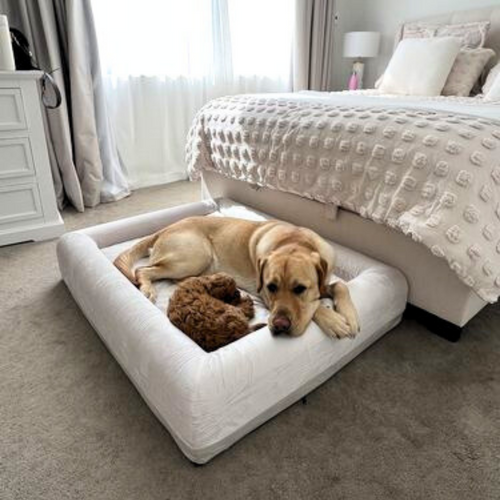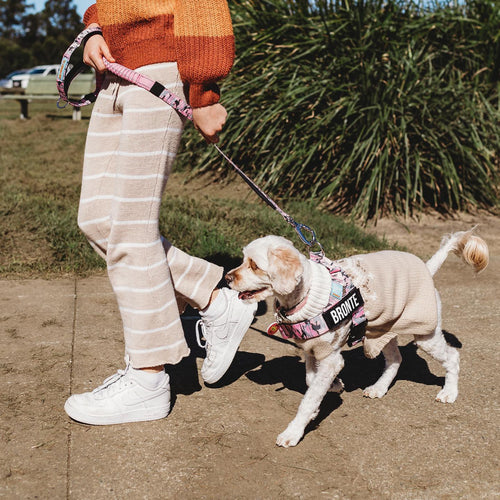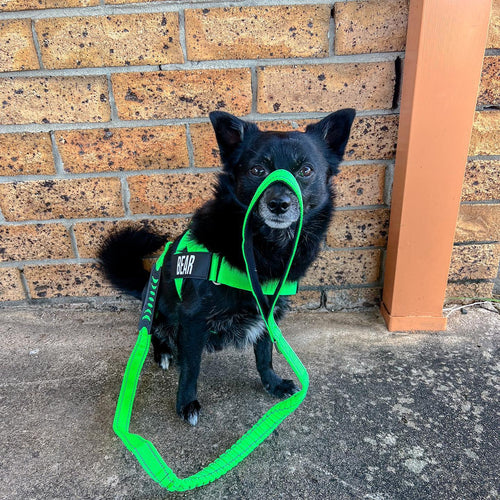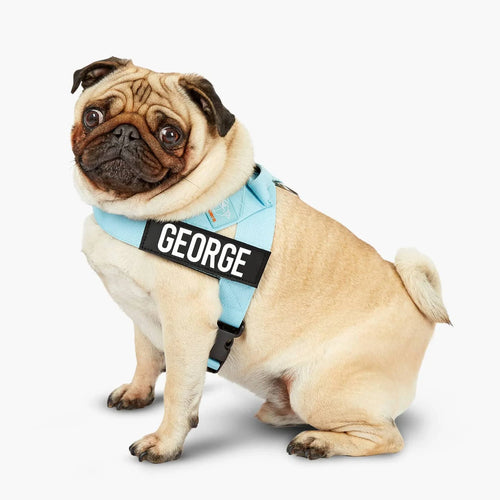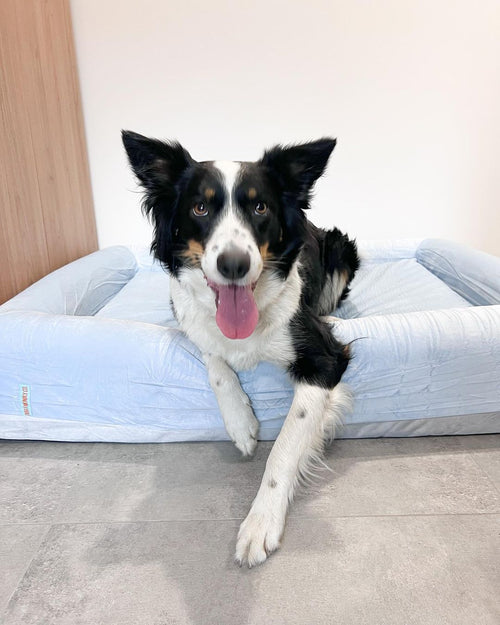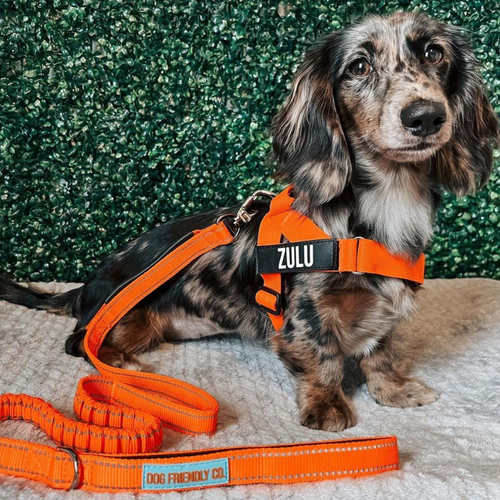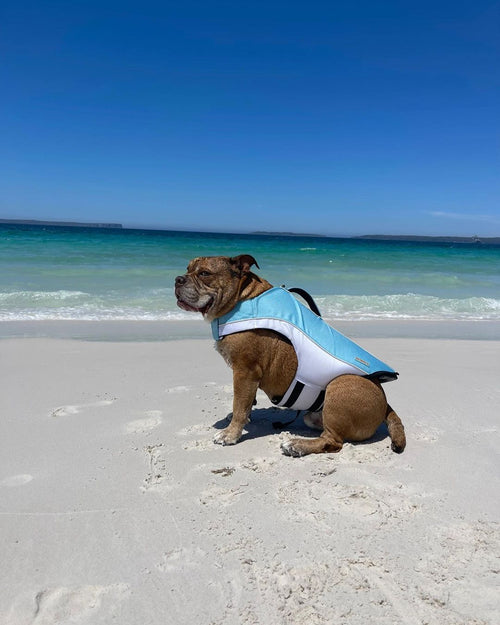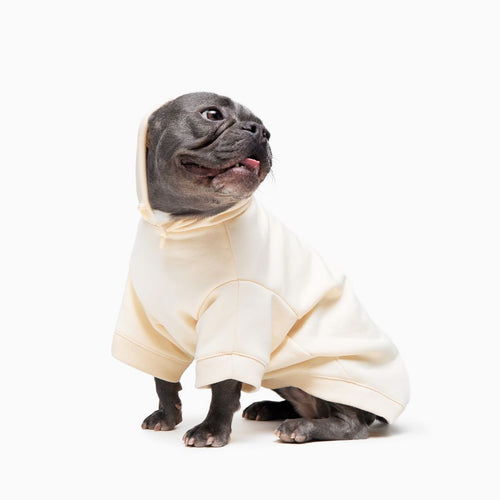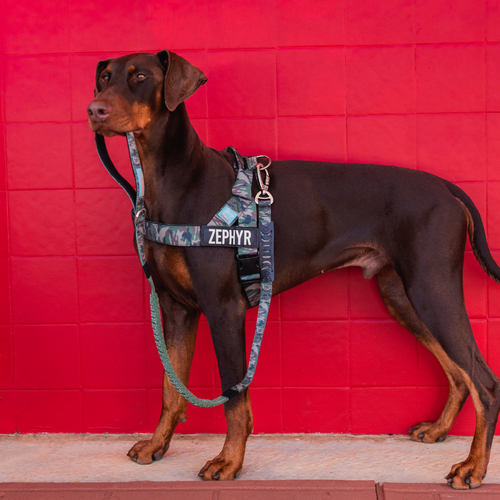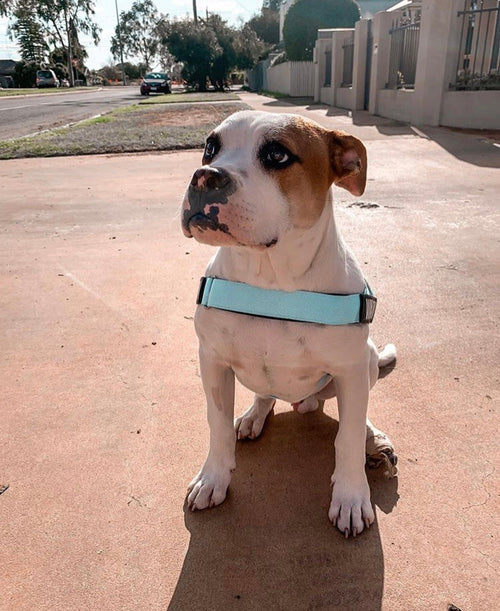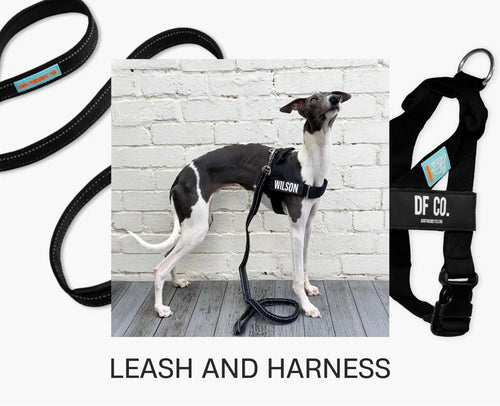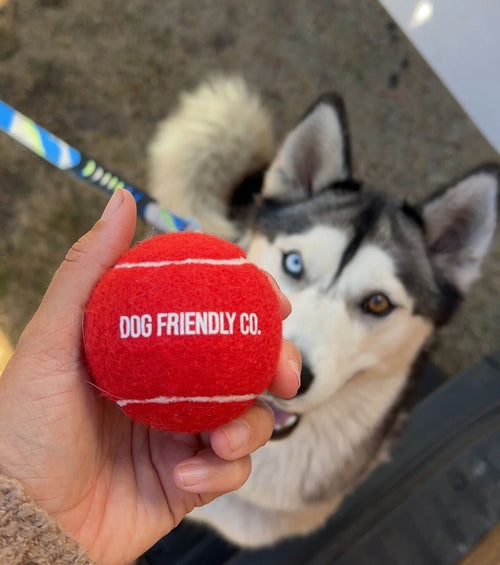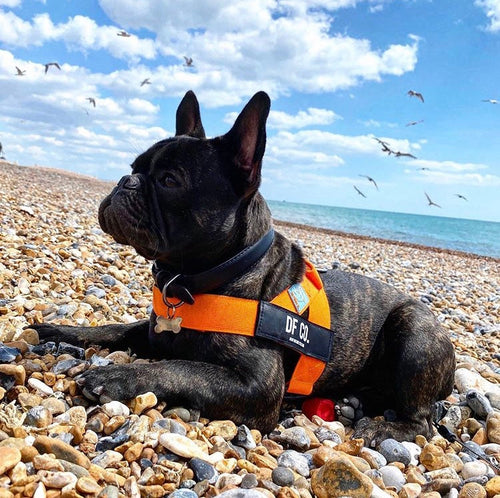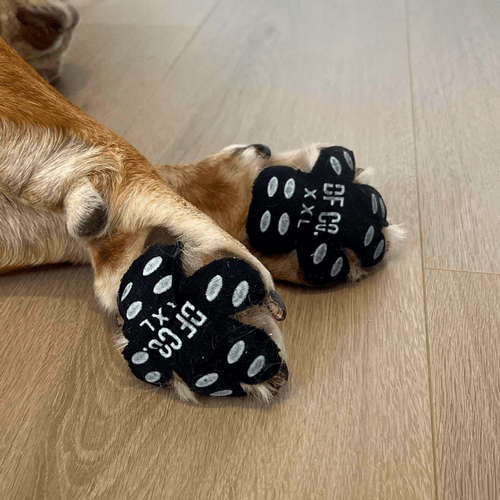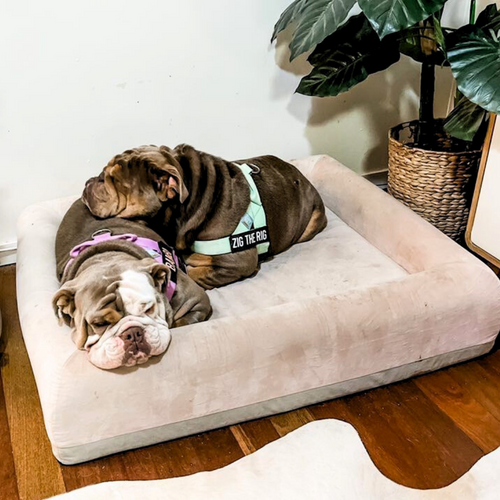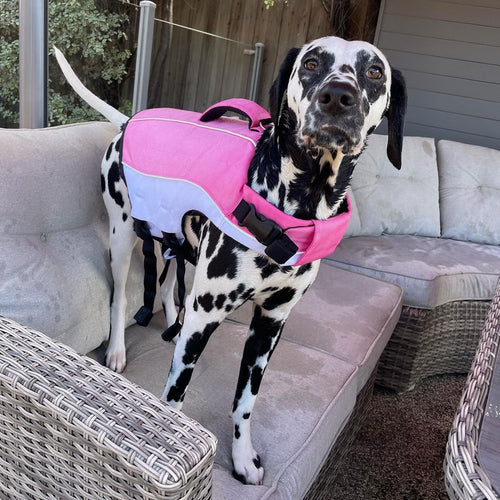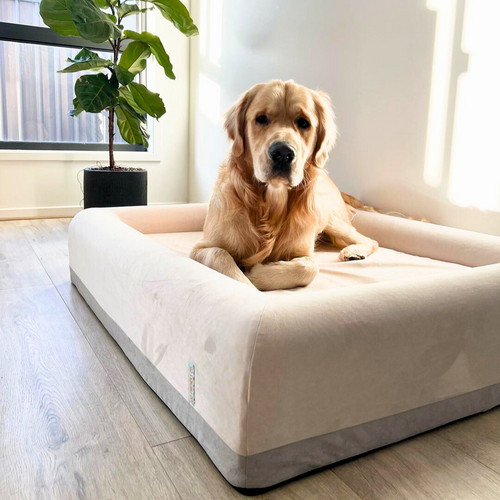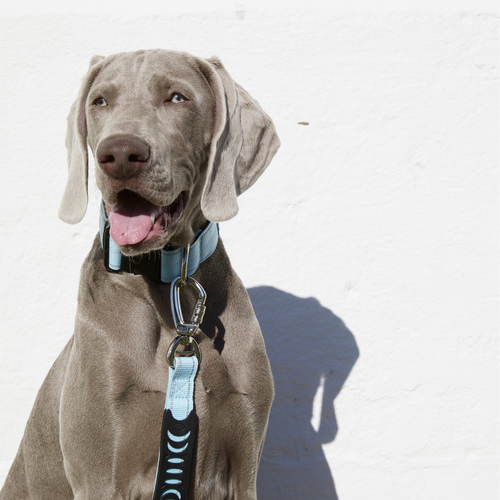When walking in the street or small parks with your dog, it makes sense to have a short leash to keep your dog next to your side or just in front of you to maximise control. However, when you’re in a wide open space, it may not be necessary to keep your dog on such a tight leash. If you’re not ready to free her completely just yet, the best solution is a long leash.
A long leash works just the same as a short one: it clips to your dog’s harness to give you greater control of her behaviour. The difference is it gives your dog more freedom to explore and run. This makes it a great tool for dog training, particularly for improving recall and teaching your dog to respond to commands when she’s not by your side.
Before putting one on your pet, it’s important to learn how to use a long dog leash.
1. Hold the Leash Correctly
The length of a long leash may mean it feels unwieldy, especially when it’s the first time you use one. There’s a risk it may become tangled around you or your dog, which would bring more problems than benefits. If it wraps around your feet, your dog could even pull you down.
Avoid accidents by handling the leash correctly. Before you put it on, unravel it to remove any kinks. Then, clip it to your dog’s harness — never clip a long leash to a dog collar because the extra freedom it gives your dog could mean she pulls too hard and injures herself. To hold the leash, put the loops in one hand and the end closest to your dog in the other hand, on the flat of your palm. When you need to shorten the distance between you and your dog, use the hand holding the loops to gently reel the leash in. This will prevent you from pulling your dog too hard and will avoid you dropping the leash.
2. Choose the Right Leash
Another way to avoid accidents and to make the experience comfortable for you both is to choose the right leash. Leashes made from durable materials help eliminate the risk of the leash snapping and your dog breaking free. If you walk your dog in all types of weather (including rain), you’ll need to look for a leash with grip to ensure it doesn’t become slippery when wet.
It’s also important to choose the right leash length. Long leashes range from about 2.5 metres to 50 metres. Bear in mind, you can always make the leash shorter — you never need to use its full length. However, if you know you’ll only ever want to give your dog a few metres of freedom, it’s not worth purchasing an ultra-long leash.
To pick the right length, think about how you’ll use the leash. Choose something long enough that your dog will have freedom but that you’ll also be able to maintain a connection and control. In addition, consider the size of your dog. An extra-long leash made of a heavy material will weigh down a small dog, whereas it may cause no problems for a large dog.
Lastly, consider whether you want a handle on your long leash. This may be convenient for maintaining grip, but it may get in the way if you want to drop the leash on the ground at times.
3. Practice in an Open Area
When you use your long leash for the first time, take your dog to an open area where you can practice using it safely. Get used to shortening the leash as well as stopping your dog. To stop, grip and release to slow her down rather than pulling at the leash.
4. Allow Freedom of Movement
When you’re using a long leash, allow your dog to feel free. You can achieve this by letting the leash go slack rather than keeping a tight hold at all times. This will get your dog used to being free and prepare her for being off the leash.
5. Practice Recall Commands
Use recall commands to teach your dog to come to you when she’s at a distance but still on the long leash. Once she becomes better at responding to recall commands, you can drop the long leash and allow it to trail along the ground. This is a great intermediate step toward teaching your dog to be off the leash entirely.
6. Use Positive Reinforcement
When using a long leash for recall or any other type of training, offer positive reinforcement for good dog behaviour. Depending on what most motivates your dog, this may be treats, praise, or petting.
7. Supervise Your Dog
Pay attention to your dog at all times when using the long leash, both when you’re holding it and when you’re letting it drag along the ground. Make sure it’s an appropriate length for the activity to prevent it from becoming tangled and to avoid losing control. In addition, be aware of your surroundings, especially if there’s something that may catch your dog’s attention and cause her to run. You need to tighten your grip to prevent the leash slipping through your hands and hurting you. Finally, if the leash ever does become tangled, stop your dog from moving and reorganise it. You may like to keep her occupied with treats while you do this.
Whether you’re working on training your dog to be off the leash occasionally or you’re visiting places where your dog needs to be on a leash but you want to give her more freedom, a long leash is a great tool. In fact, it should be one of the dog accessories every owner has for outdoor activities. Find everything you need for your pet — from leashes and harnesses to beds and cooling mats — at Dog Friendly Co.

















